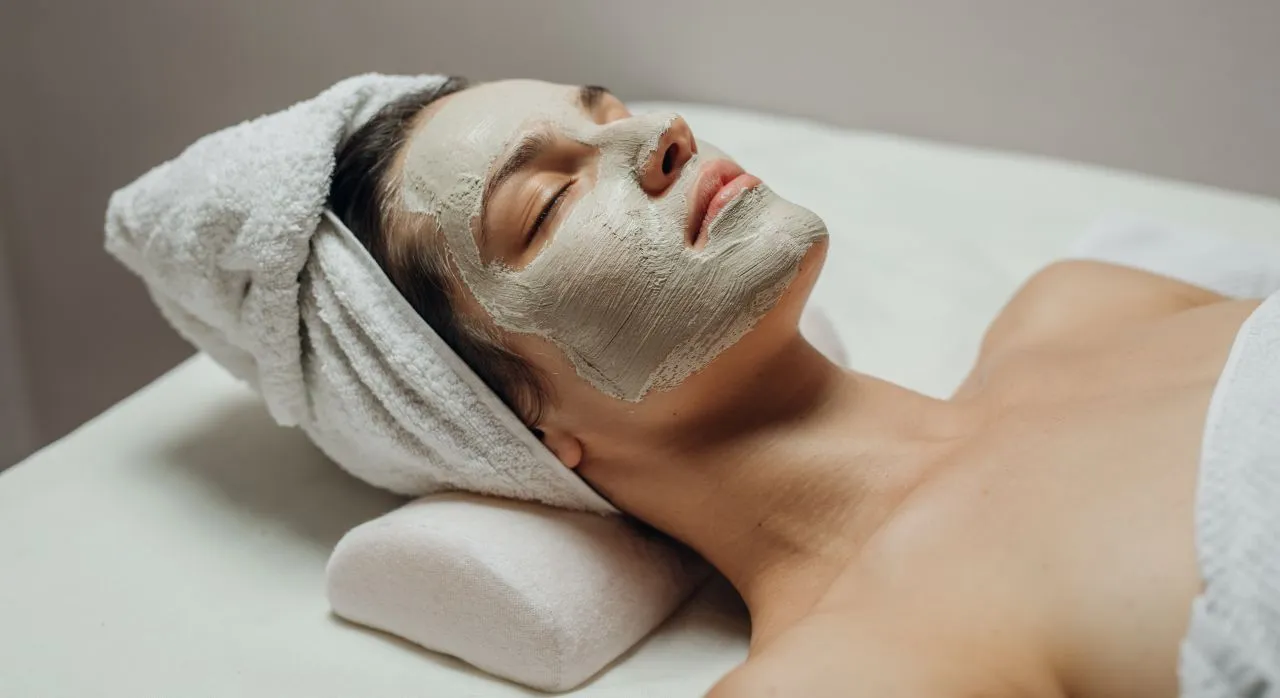How Do Dermal Fillers Compare to Kybella?
Dermal fillers:
- Purpose: Dermal fillers are used to add volume, smooth out wrinkles, and plump up facial features such as lips, cheeks, and temples. They are commonly used to address signs of aging, such as nasolabial folds, marionette lines, and hollow cheeks.
- Active Ingredients: Dermal fillers typically contain hyaluronic acid, a naturally occurring substance in the body that helps to retain moisture and maintain skin elasticity. Other fillers may contain calcium hydroxylapatite, poly-L-lactic acid, or polymethylmethacrylate.
- Procedure: Dermal filler injections are performed by injecting the chosen filler into the target area via a fine needle or cannula. The procedure typically takes 30-60 minutes.
- Duration: The effects of most dermal fillers last between 6-18 months, depending on the filler used and the individual patient.
Kybella:
- Purpose: Kybella is a non-surgical treatment used to reduce submental fullness, also known as a “double chin.” It specifically targets and breaks down fat cells beneath the chin, sculpting a more defined jawline.
- Active Ingredient: Kybella contains deoxycholic acid, a naturally occurring molecule in the body that helps to break down dietary fat.
- Procedure: Kybella injections are performed by injecting the treatment into the subcutaneous fat layer beneath the chin. The procedure usually takes about 15-30 minutes.
- Duration: Kybella results are typically permanent, as the treated fat cells are destroyed and removed by the body. However, multiple treatment sessions may be required to achieve the desired result, and significant weight gain may cause some fat to return.
So basically, dermal fillers are primarily used to address facial volume loss and wrinkles, whereas Kybella is specifically designed to reduce submental fullness (double chin). While both treatments are injectable, non-surgical procedures, they have different active ingredients and effects on the face. Patients should consult with a qualified medical professional to determine the most appropriate treatment for their individual needs.
How long do the results of Kybella and dermal fillers last?
The results of Kybella and dermal fillers can vary depending on the individual and the specific product used. Kybella is an injectable treatment used to dissolve fat cells under the chin, resulting in a more contoured and defined jawline. The results of Kybella can be permanent, as the destroyed fat cells cannot accumulate fat again. However, it may take multiple treatment sessions to achieve the desired results, and maintaining a stable weight is necessary to ensure the longevity of the results.
Dermal fillers on the other hand, are used to add volume or fill wrinkles and folds in the face. The longevity of these fillers depends on the type of filler used and the area it is injected into. Some factors affecting the duration of results include the individual’s metabolism, lifestyle, and the depth of the treated area. Generally, dermal fillers can last anywhere from 6 months to 2 years. Hyaluronic acid-based fillers, such as Juvederm or Restylane, typically last 6-18 months, while other fillers, like Sculptra or Radiesse, may last up to 2 years or more.
It is essential to consult with a qualified medical professional to determine the most suitable treatment and expected results for your specific needs.
Which option should you choose?
It can be hard to answer this in as a catch all statement as there’s a lot of factors that come into play when deciding which treatment to go with. You can go with fillers (such as the newest offering by Juvederm called Volux), Kybella or even both to achieve the maximum result. To know which would be most efficient for you, you would need to book a consultation with one of the professionals at James Christian Cosmetics.









 -->
-->